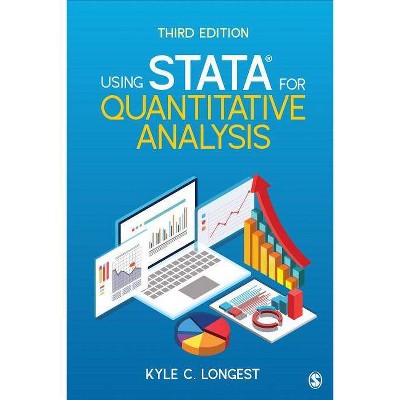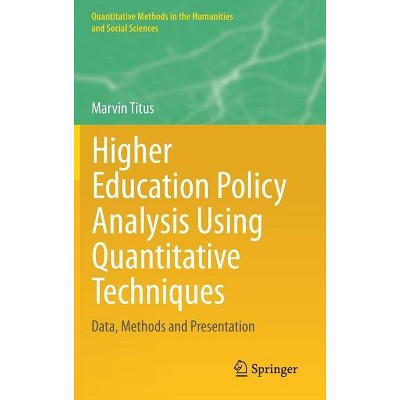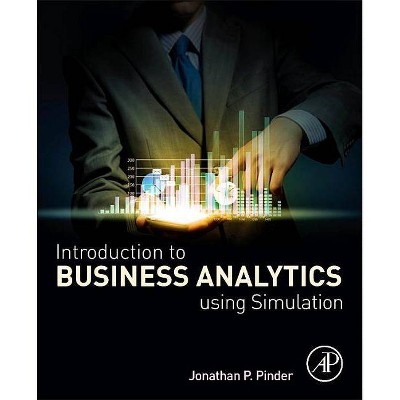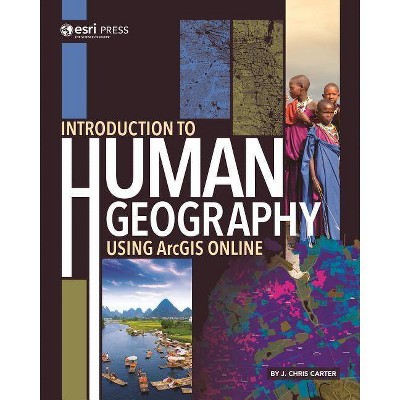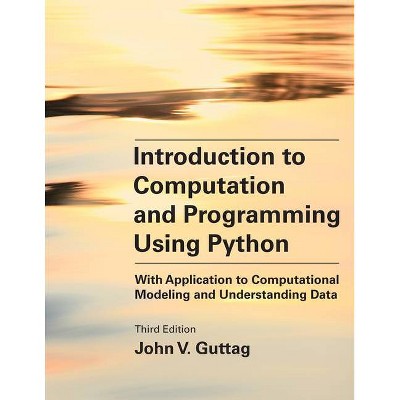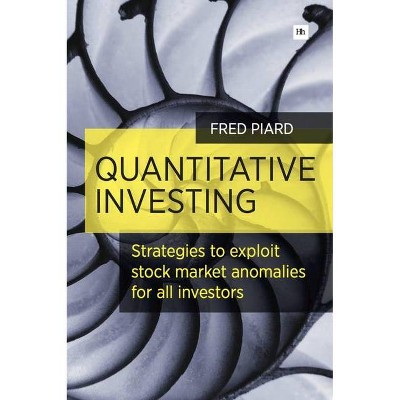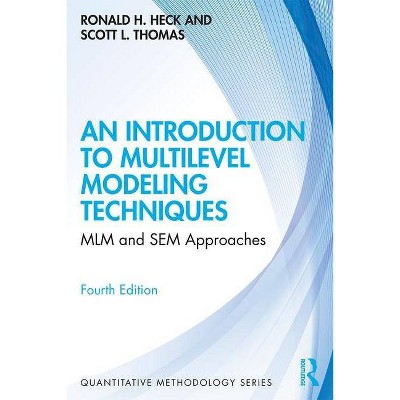Introduction to Quantitative Macroeconomics Using Julia - by Petre Caraiani (Paperback)
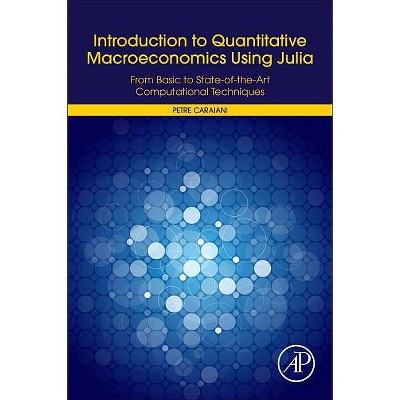
Similar Products
Products of same category from the store
AllProduct info
<p/><br></br><p><b> About the Book </b></p></br></br>Introduction to Quantitative Macroeconomics Using Julia: From Basic to State-of-the-Art Computational Techniques facilitates access to fundamental techniques in computational and quantitative macroeconomics. It focuses on the recent and very promising software, Julia, which offers a MATLAB-like language at speeds comparable to C/Fortran, also discussing modeling challenges that make quantitative macroeconomics dynamic, a key feature that few books on the topic include for macroeconomists who need the basic tools to build, solve and simulate macroeconomic models. This book neatly fills the gap between intermediate macroeconomic books and modern DSGE models used in research.--<p/><br></br><p><b> Book Synopsis </b></p></br></br><p><i>Introduction to Quantitative Macroeconomics Using Julia: From Basic to State-of-the-Art Computational Techniques</i> facilitates access to fundamental techniques in computational and quantitative macroeconomics. It focuses on the recent and very promising software, Julia, which offers a MATLAB-like language at speeds comparable to C/Fortran, also discussing modeling challenges that make quantitative macroeconomics dynamic, a key feature that few books on the topic include for macroeconomists who need the basic tools to build, solve and simulate macroeconomic models. This book neatly fills the gap between intermediate macroeconomic books and modern DSGE models used in research. </p><p/><br></br><p><b> Review Quotes </b></p></br></br><br><p>A concise and elegant introduction to many of the topics involved in the solution of dynamic macroeconomic models. Caraiani 's use of Julia is a fantastic choice for teaching modern numerical methods. <b>--Jesus Fernandez-Villaverde, University of Pennsylvania</b></p> <p>Julia is a computer language that is taking economics by storm. In this book, Petre Caraiani takes the reader by their hands and introduce them to a wide variety of numerical methods that are then applied to recent macroeconomic models. The book explains these methods and applies them in Julia not only those models with representative-agent (RBC and DSGE models), but also to heterogeneous-agents models. Therefore, the book is a valuable source for readers interested in numerical methods and in Julia. <b>--Pedro Garcia Duarte, University of São Paulo</b></p> <p>Petre Caraiani's book guides the readers into the sophisticated and innovative field of quantitative macroeconomics with the aim of bridging the gap between theoretical models and modern computational techniques. Caraiani provides an outstandingly clear exposition of the numerical methods by which researchers and graduate students can approach the complex problems of solving DSGE models or setting up heterogeneous agents models. This book is a must for all those who are interested in making theoretical macroeconomics an empirical discipline. <b>--Peter Galbács, Budapest Business School</b></p> <p>This book provides an excellent overview of key numerical tools to study macroeconomic models and provides supporting programs using Julia, a frontier programming language. <b>--Wouter den Haan, London School of Economics</b></p> <p>This book provides a clear and comprehensive introduction to the numerical techniques that every student that aims at doing quantitative economics should know. Not only the book provides with a minimal introduction to the theory underlying these methods, but it also offers many examples, all coded in a modern language, Julia. This book is definitely a good reference for whoever needs a quick and nice introduction to these techniques. <b>--Fabrice Collard, University of Bern</b></p> <p>This new book by Petre Caraiani is a very welcomed contribution that takes the reader on a journey through computational economics, from basic numerical techniques to Heterogeneous Agents Models, while learning how to master the new and fast programming language Julia. <b>--Alberto Russo, Universita Politecnica delle Marche</b></p><br><p/><br></br><p><b> About the Author </b></p></br></br>Petre Caraiani is a researcher at the Institute for Economic Forecasting at Romanian Academy. His principal research interests include DSGE modelling, business cycles, and forecasting. Petre has published numerous articles in major journals, including Journal of Macroeconomics, Economics Letters, Economic Modelling, Empirical Economics and International Review of Economics & Finance.
Price History
Price Archive shows prices from various stores, lets you see history and find the cheapest. There is no actual sale on the website. For all support, inquiry and suggestion messages communication@pricearchive.us
